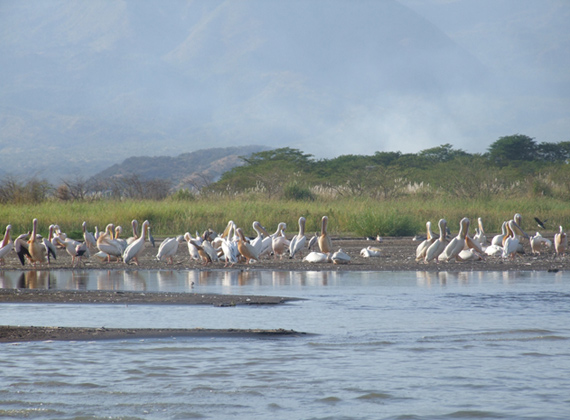Back to the U.S.
Quick bites from the information brochure:
- location --> Shenandoah, National Park, Virginia, U.S.A
- formation --> the mountains began forming during the Silurian Period over 400 mil years ago. Approx. 320 mya, North America & Europe collided, pushing the mountains higher
- height --> 6,684 ft.
- most of the rocks that form the mountains are ancient granitic charnockites, metamorphosed volcanic formations & sedimentary limestones
- in 17th century --> native powhatan name for blue ridge was Quirank. Various tribes hunted & fished and the foot of the mountains
- many whitetail deers are found there.
Appalachians Range
Formation of fold mountains
Contours of fold mountains.
Sunset <3
Flora & Fauna
The Blue Ridge Mountains. Worth Dying For. :)
Quantity over Quality. Although it has only some mountains, not as much as other mountain ranges, the Blur Ridge Mountains make up in quality.
peace.


























